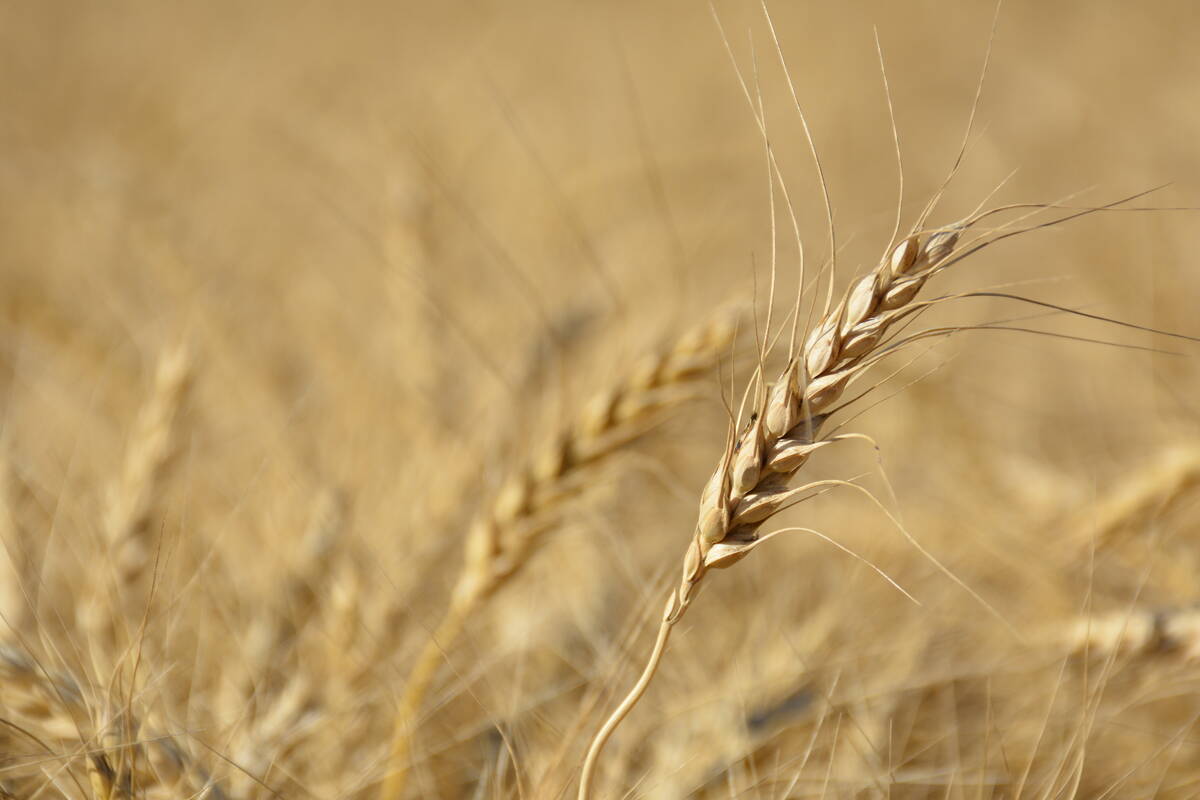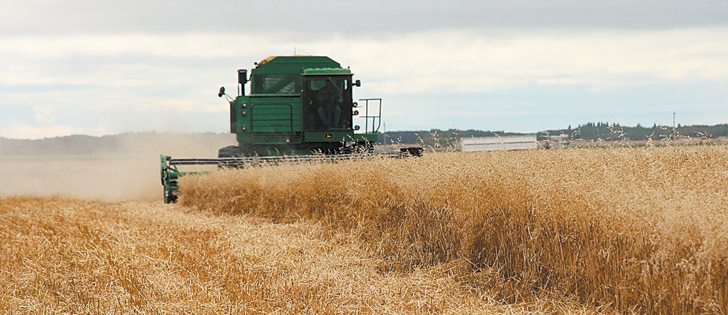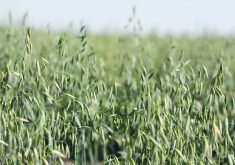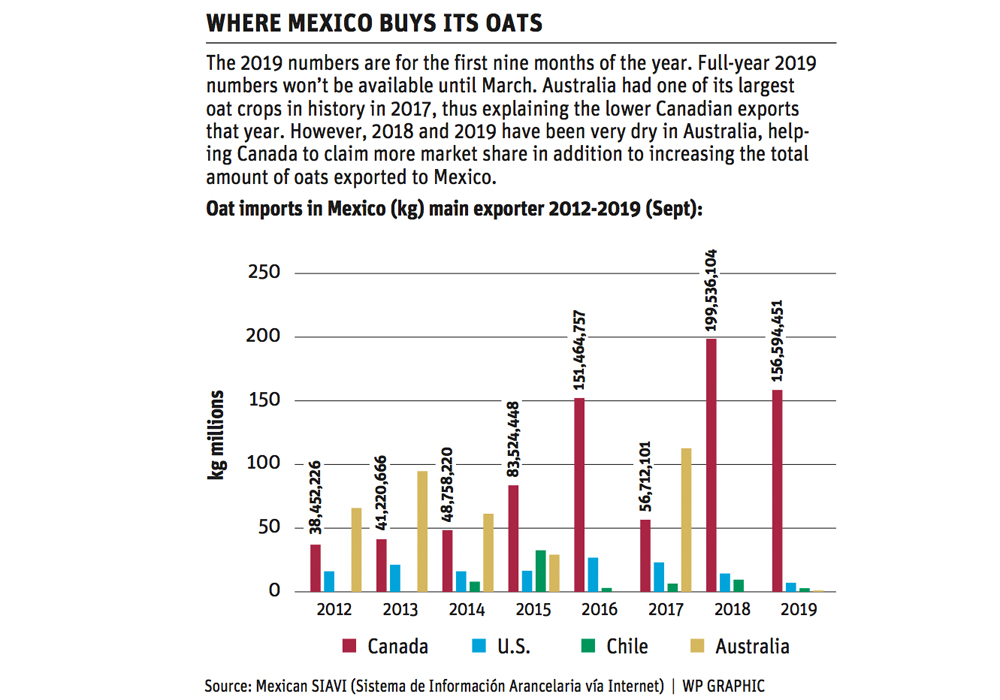Leggett is bright spot | Farmers want high yields, millers and processors want uniform flakes, consumers want low fat …
PORTAGE LA PRAIRIE, Man. — AC Jordan shot up the oat pop charts in Manitoba a few years ago. Farmers loved growing it.
Then it collapsed, and now virtually no Jordan is grown.
It’s the tragic tale of an unfortunately common situation that occurs when breeders try to meet the needs of farmers, millers, consumers and nature.
“It is sad to see our favourite children going out into the world and not being successful,” said Agriculture Canada researcher Jennifer Mitchell Fetch in an interview during the Manitoba Oats Growers Association summer meeting.
Read Also

Wheat exports start strong, but price lowest since 2020
Early season Canadian wheat exports are going well, an important development in a year when it looks like we might harvest a record wheat crop.
“We need to get what the millers want. We need to get what the producers want. We need to get what the consumers want. And we need it all to fit into one package.”
Jordan did great in the field for farmers, with excellent yields, but it didn’t fit with what millers or processors wanted to accept. With no keen buyers, farmers backed away from the variety.
Crop variety development is no simple thing and the oat industry has dealt with multiple tough demands that are difficult to simultaneously meet.
Food manufacturers need to ensure beta glucan levels are high but fat levels are low to be able to make health claims about the healthy effects of eating oats.
Unfortunately, nature has generally combined the two factors, so a variety that has high beta glucan also tends to have high fat.
University of Saskatchewan researcher Brian Rossnagel appears to have solved that problem with CDC Morrison, which is new.
Fetch hopes to develop molecular markers from that variety and other germplasm Rossnagel found in Scandinavia and Europe to help find oat cultivars in Canada that could have the beneficial combination.
CDC Minstrel is another example of a variety meeting one element of the oat production chain but possibly confounding another.
Dennis Galbraith of Viterra said the variety has excellent yields in western Saskatchewan, but that is often because it produces a third kernel, which can be small and short. Millers call that third stunted kernel a “stubbie.”
Farmers get a big yield, but sometimes the oats cause millers and processors a problem because they can’t use them for products that require uniformly large flakes.
“We’re waffling on Minstrel,” said Galbraith, hoping different growing conditions would produce different results.
Leggett is an excellent oat variety but is declining in acreage.
Galbraith said the variety is good for farmers and processors, but seed growers don’t seem to want to grow it anymore as they try to jump ahead into upcoming varieties.
However, Galbraith cautioned that newer isn’t always better.
“Everybody’s always looking for the new one,” said Galbraith. “But the new one isn’t necessarily better than the old one.”
It’s rare to find a variety that seems to meet everyone’s needs, so Galbraith hopes Leggett can remain a prairie mainstay for a while.
Mitchell Fetch, who created Leggett, said she is hoping there might still be a use for Jordan as a feedgrain oats as long as it can be kept away from the oat milling industry.
However, she is pleased to see Leggett still meeting farmers’, millers’ and processors’ needs six years after being approved. It’s hard to make everybody happy.
“You’re herding squirrels up trees and it’s really not easy,” she said.
















